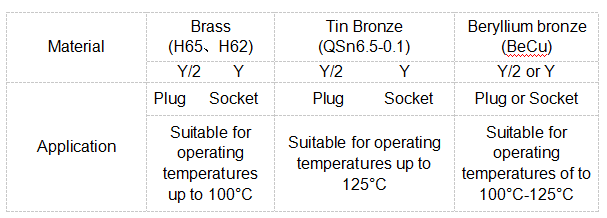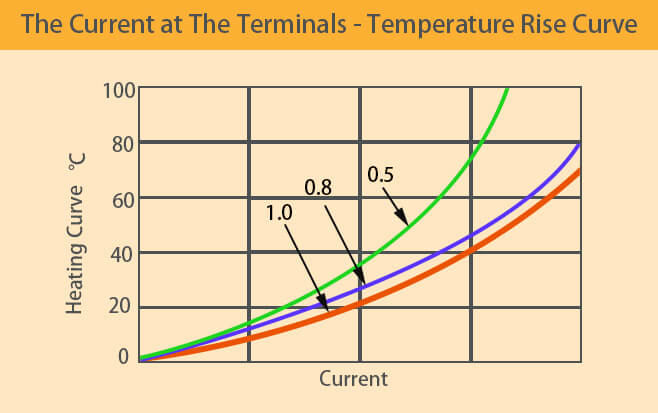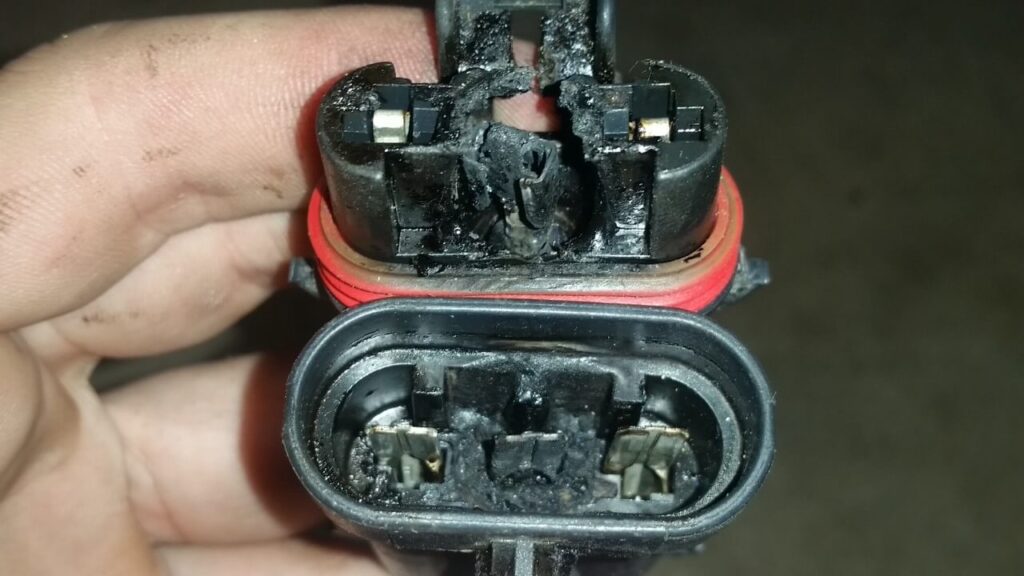The automotive connector is used for connecting each connection point of the automobile circuit. It is an important part of the automobile. And its quality directly affects the transmission effect of power or signal.
Connector ablation is a common failure form of wire harness, which refers to the phenomenon of connector housing melting and burning during the use, resulting in the loss of connector function. Due to the factors of the connector itself, the ablation causes generally include three aspects:
- Material selection;
- The current-carrying capacity of the terminal;
- The sealing problem of the product.
We will analyze the connector ablation according to these three reasons and propose solutions.
Contents
1. Material selection
Automotive connectors generally consist of housing and a terminal. The terminal is the core component of the connector, providing the path through for signal transmission and a stable contact at the contact interface. The housing is responsible for the fixation of the terminals and providing mechanical and environmental protection to the terminals. The material selection of connectors mainly refers to the material selection of housing and terminal. Improper terminal materials may result in contact problems that ultimately affect the electrical conductivity. Or the electrical conductivity of the terminal can not meet the requirements. When the material selection of the housing is not appropriate, there may be problems in insulation, voltage, and temperature resistance, so that the connector can not meet the requirements of use.
1.1 Material selection of terminals
Terminals’ commonly used materials are red copper, brass, and bronze. According to their hardness, they can be divided into three states: soft, semi-hard and hard. Among these 3 kinds of materials, copper is less used, brass and bronze are widely used. Brass conducts electricity better than bronze. Bronze is harder and more elastic than brass and better at resisting stress relaxation at high temperatures. The common materials and uses of terminals are shown in Table 1:

When choosing terminal materials, the first consideration should be the power or signal transmission capacity. That is the material’s electrical conductivity. Choosing a material with high conductivity can avoid generating large heat. As well as to reduce the voltage loss in the circuit.
Ambient temperatures in different parts of a car often vary greatly. The higher ambient temperature requires the anti-stress relaxation ability of terminal materials. According to design experience, it is necessary to ensure that the initial normal force can still maintain more than 70% after the stress is released for 3000h. If the material is not selected properly, the normal force of the terminal is reduced due to the stress release. It will increase the contact resistance of the connection point, thus causing local heating. In severe cases, a vicious cycle of local heating and increased contact resistance will eventually lead to connector ablation.
1.2 Material selection of housing
The commonly used materials of auto connector housing are Nylon, PBT, ABS, and so on.
We should consider the material’s insulation performance and corrosion resistance according to the connector’s main role (the fixation and protection of the terminal) when choosing the housing material. For connectors in a high-temperature environment, the temperature resistance of materials should be considered.
The insulation properties of the commonly used materials can meet the requirements through the correct structural design. Corrosion resistance should be selected according to the environment in which the connector is used. Temperature resistance should consider the temperature level of the environment. Generally, when the connector ablation problem occurs due to the improper housing material, it is most likely caused by the unqualified temperature resistance material.
For example, an automobile factory reported a 2 pin connector in the engine compartment of a car appeared ablation in use. After analysis, the terminal, wire, current, and surrounding environment are not abnormal. The connector in the original car is used in the cockpit, where the ambient temperature is low. And because the current is low, the material of housing is ABS. The 2 pin connector in the modified car changes is in the engine compartment. Because the ambient temperature in the engine compartment is much higher than that in the cockpit, the connector ablation occurs. The problem was solved by changing the housing material to high-temperature reinforced PBT.
2. Current carrying capacity of terminals.
The terminal’s current carrying capacity refers to the terminal’s ability to withstand the current under a certain operating environment. The current-carrying capacity is related to the specification, material, normal force, coating, suitable wire diameter, ambient temperature, and other factors of the terminal.
The most common problem with current-carrying capacity is that the ambient temperature is not taken into account.
In practice, the wire harness designer often selects the terminal according to the rated current provided by the connector manufacturer. And when the selected terminal is used in the engine cabin and other high-temperature environments, the abnormal heating is caused by the change of current-carrying capacity, which eventually leads to the ablation of the housing and even the burning of the car.
In the case of a high current, we should consider the temperature rise of the terminal. Then determine the current carrying capacity of the terminal according to the temperature rise curve.

3. Sealing of connector
Sealing problems are also a common cause of connector ablation. Generally, because unqualified sealed connectors will cause moisture or chemical liquids to enter the housing during use. To speed the oxidation of the contact surface of the terminal and increase the contact resistance of the terminal. Finally, it will form a vicious circle of abnormal heating and contact resistance increase to cause the ablation of the housing.
According to the use environment of the automobile connector and whether the connector needs to be sealed, the use area of the connector can be divided into the wet area and dry area. Connectors used in wet areas are waterproof connectors. According to the ambient temperature difference, it can be divided into the high-temperature wet zone and low-temperature wet zone (figure 3).

Connectors used in high temperature and wet areas are required to waterproof and high-temperature resistance. There often appears in the high-temperature wet area using the sealed connector can not withstand high temperature.
After the connector has been used for a period of time, the sealing performance of the connector is greatly reduced due to the aging of the connector material caused by the high-temperature environment. And finally lead to the decrease of the electrical conductivity of the terminal, resulting in the ablation of the connector.
In the wiring harness design, connectors should be selected according to the factors such as loop current, ambient temperature, and waterproof requirements of use location to avoid connector ablation in the process of use.


